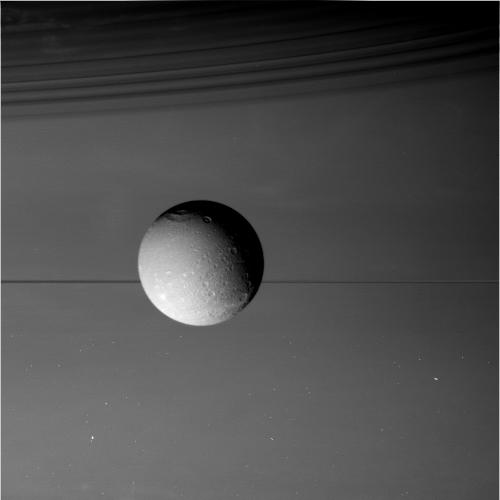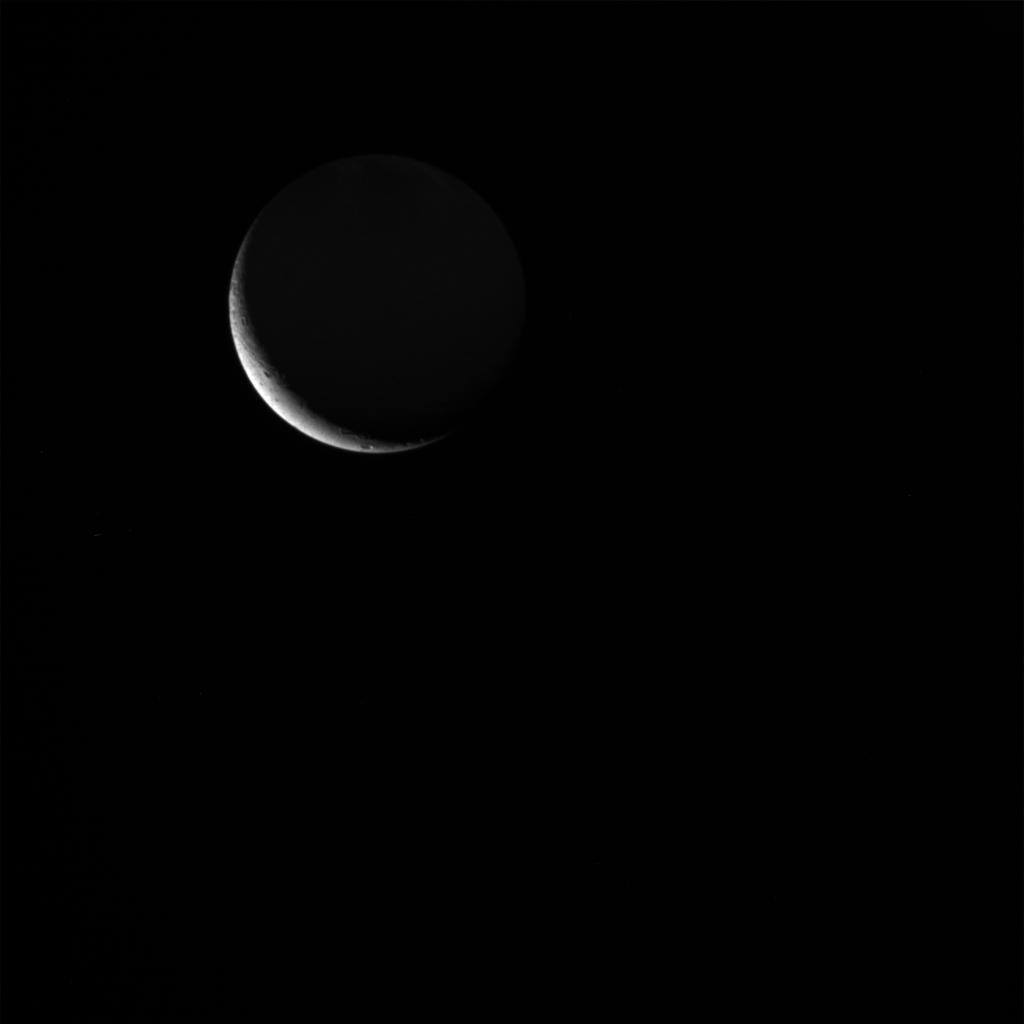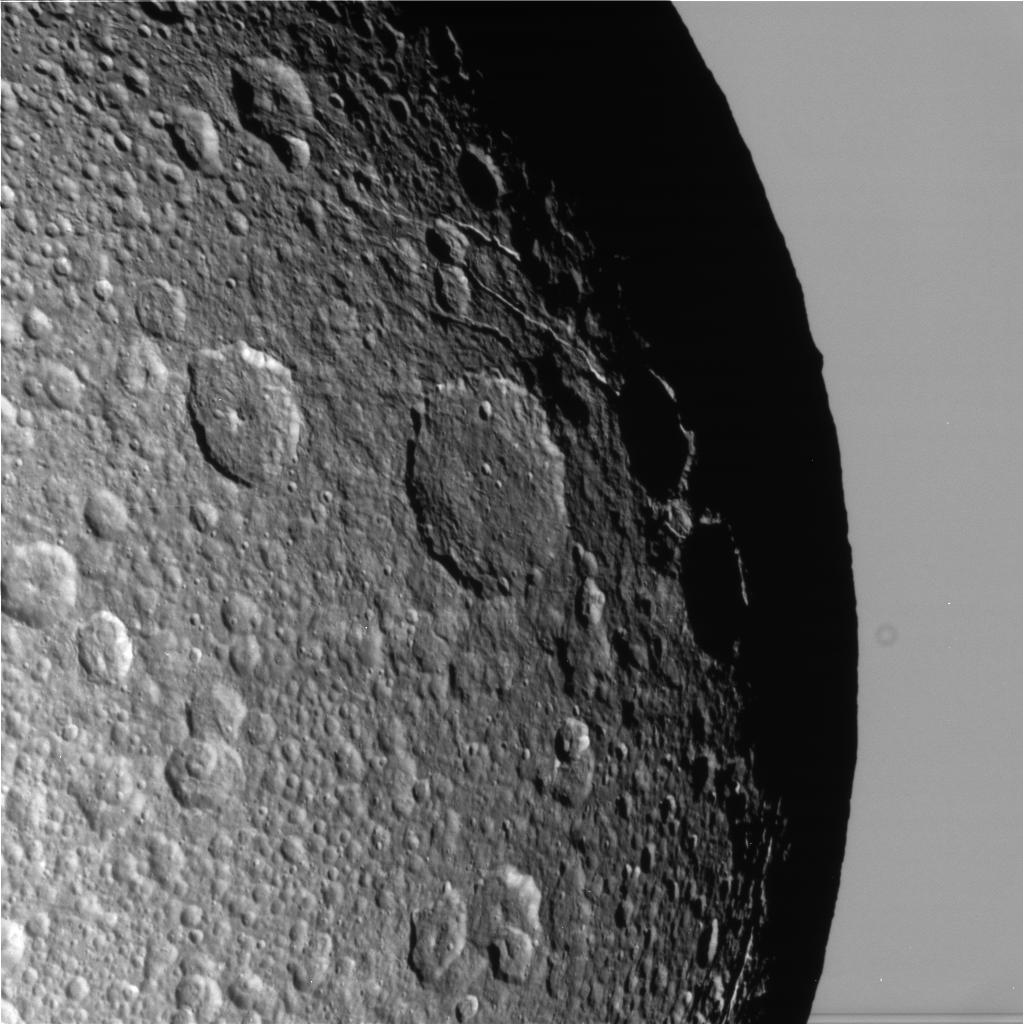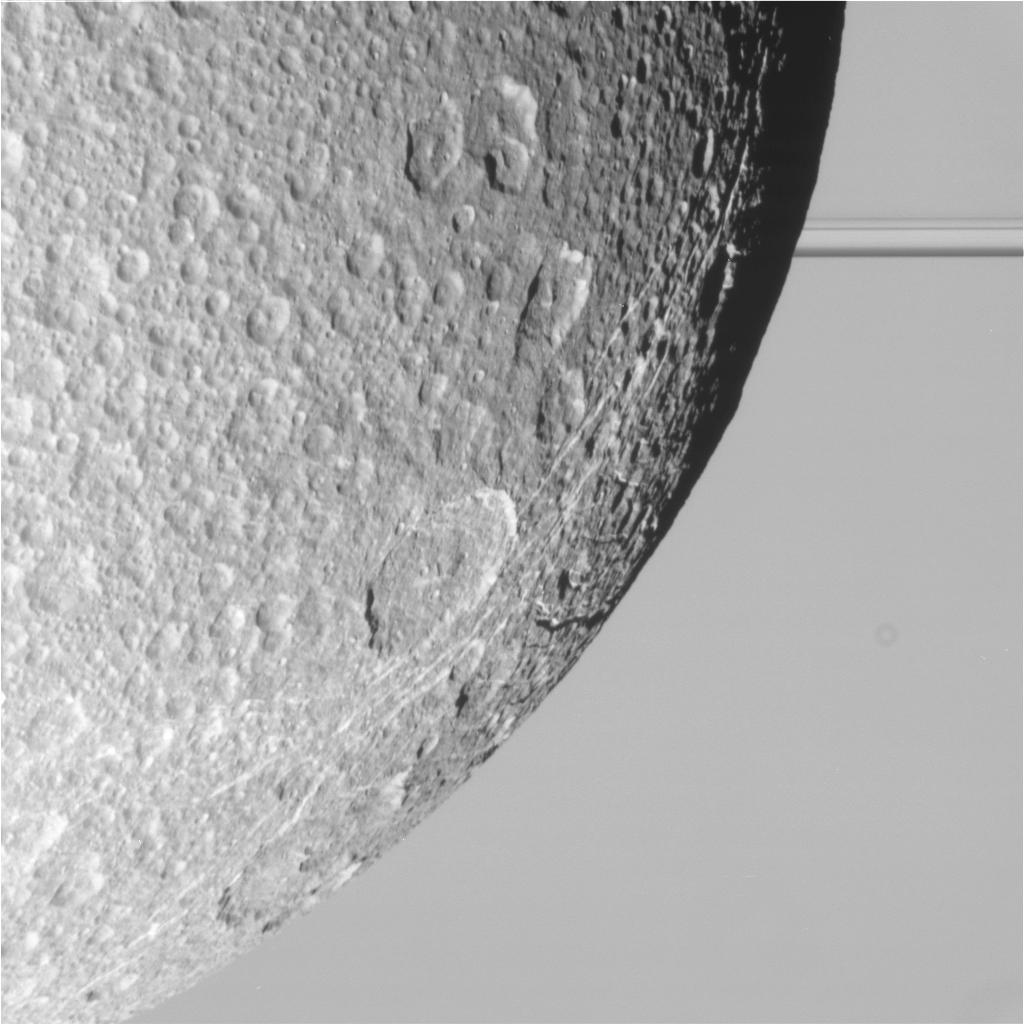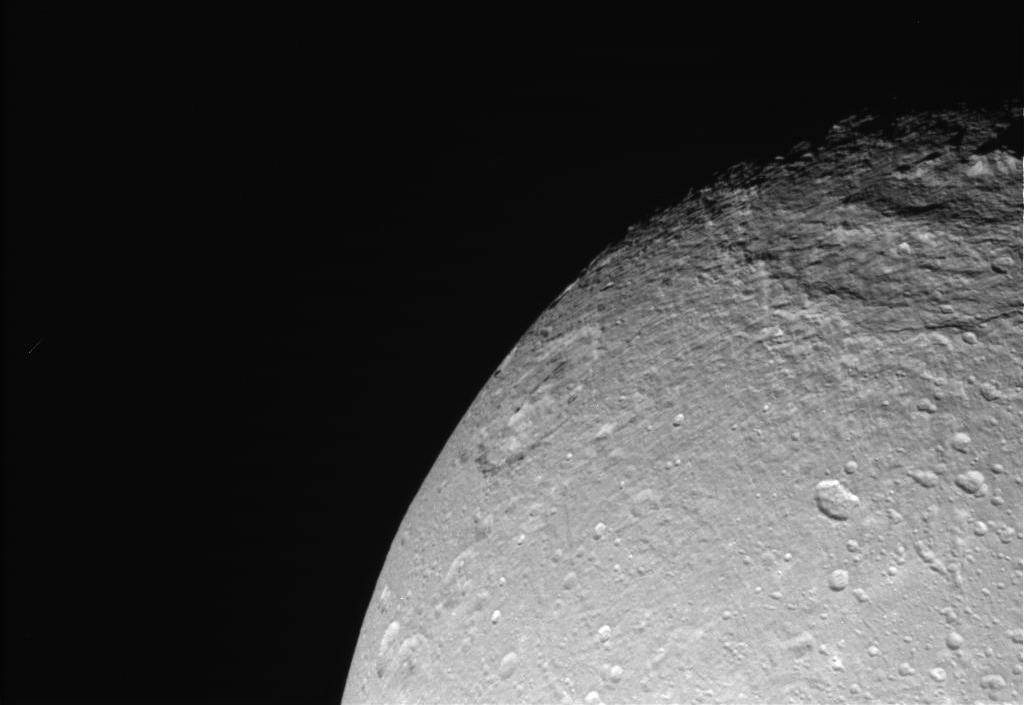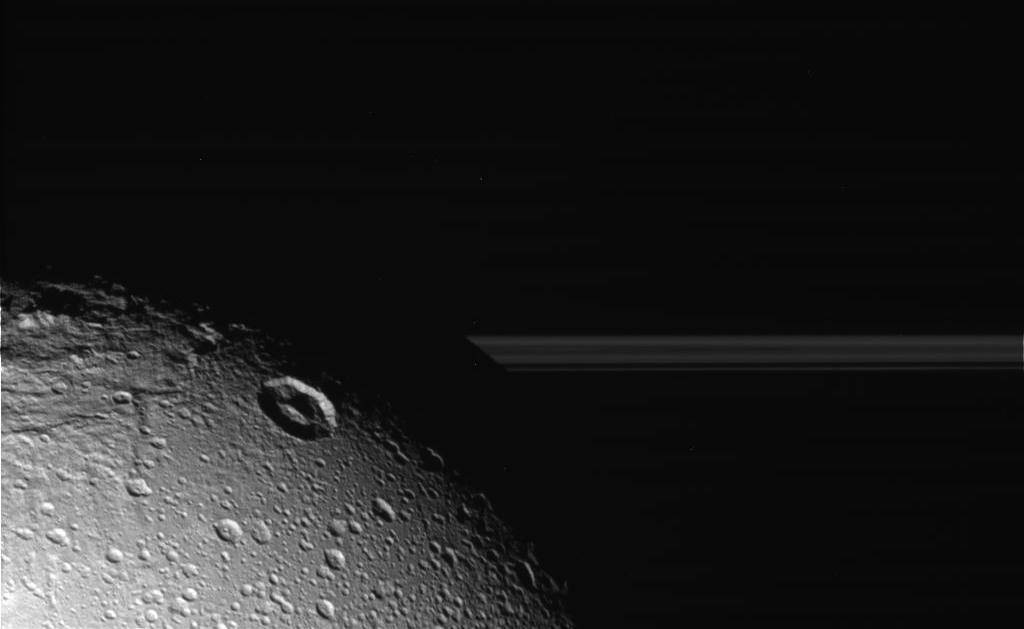ScienceRocks
Democrat all the way!
- Thread starter
- Banned
- #1,041
WASP-47: A Hot Jupiter System with Two Additional Planets Discovered by K2
Juliette C. Becker, Andrew Vanderburg, Fred C. Adams, Saul A. Rappaport, Hans Martin Schwengeler
(Submitted on 10 Aug 2015)
1508.02411 WASP-47 A Hot Jupiter System with Two Additional Planets Discovered by K2
http://arxiv.org/pdf/1508.02411v1.pdf
Juliette C. Becker, Andrew Vanderburg, Fred C. Adams, Saul A. Rappaport, Hans Martin Schwengeler
(Submitted on 10 Aug 2015)
Using new data from the K2 mission, we show that WASP-47, a previously known hot Jupiter host, also hosts two additional transiting planets: a Neptune-sized outer planet and a super-Earth inner companion. We measure planetary properties from the K2 light curve and detect transit timing variations, confirming the planetary nature of the outer planet. We performed a large number of numerical simulations to study the dynamical stability of the system and to find the theoretically expected transit timing variations (TTVs). The theoretically predicted TTVs are in good agreement with those observed, and we use the TTVs to determine the masses of two planets, and place a limit on the third. The WASP-47 planetary system is important because companion planets can both be inferred by TTVs and are also detected directly through transit observations. The depth of the hot Jupiter's transits make ground-based TTV measurements possible, and the brightness of the host star makes it amenable for precise radial velocity measurements. The system serves as a Rosetta Stone for understanding TTVs as a planet detection technique.
1508.02411 WASP-47 A Hot Jupiter System with Two Additional Planets Discovered by K2
http://arxiv.org/pdf/1508.02411v1.pdf












